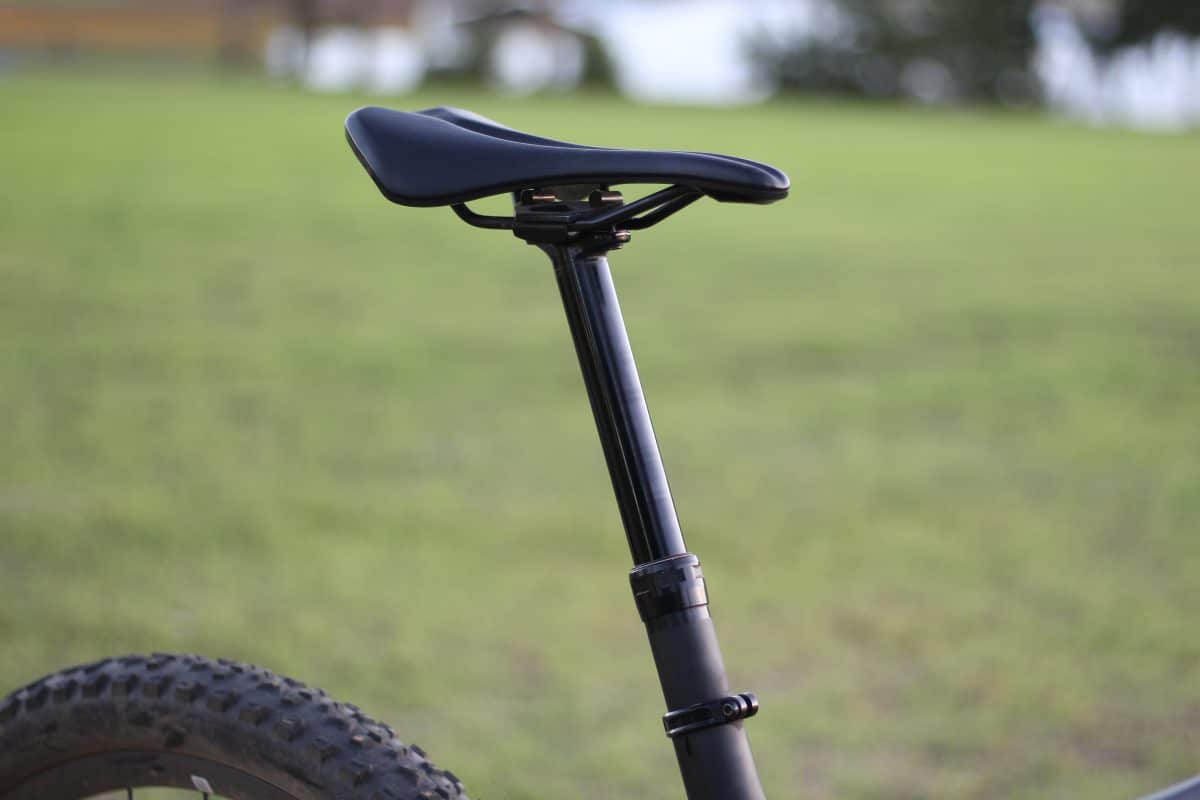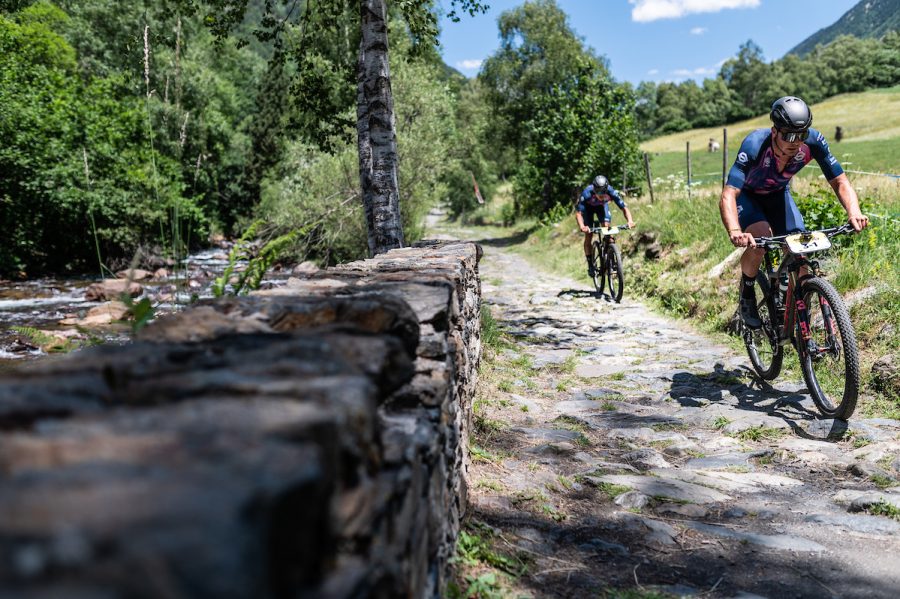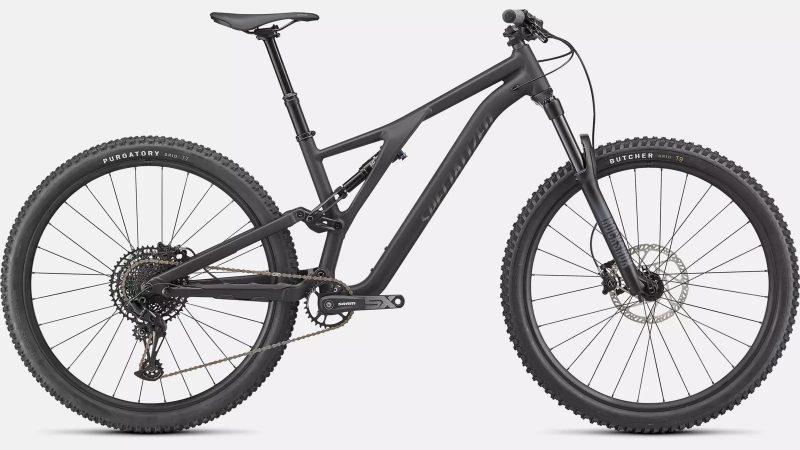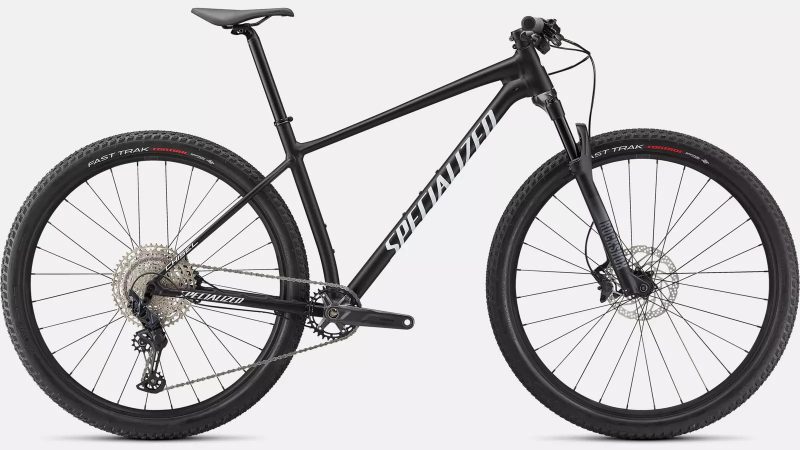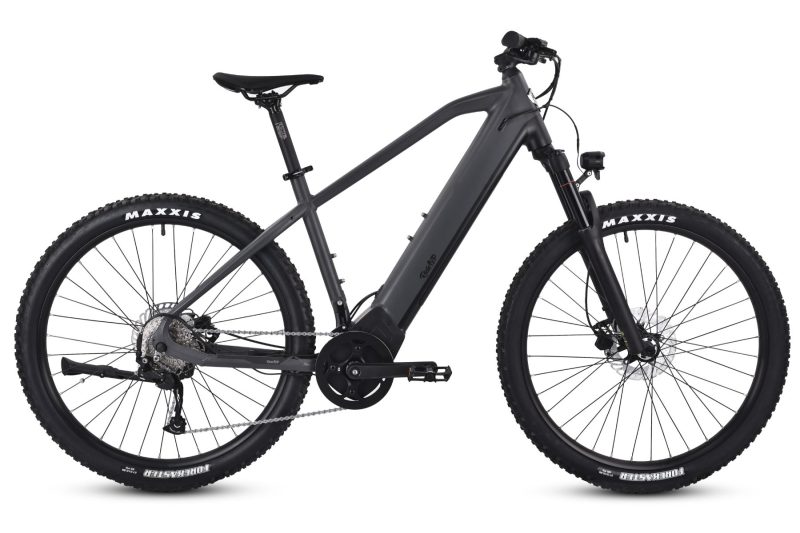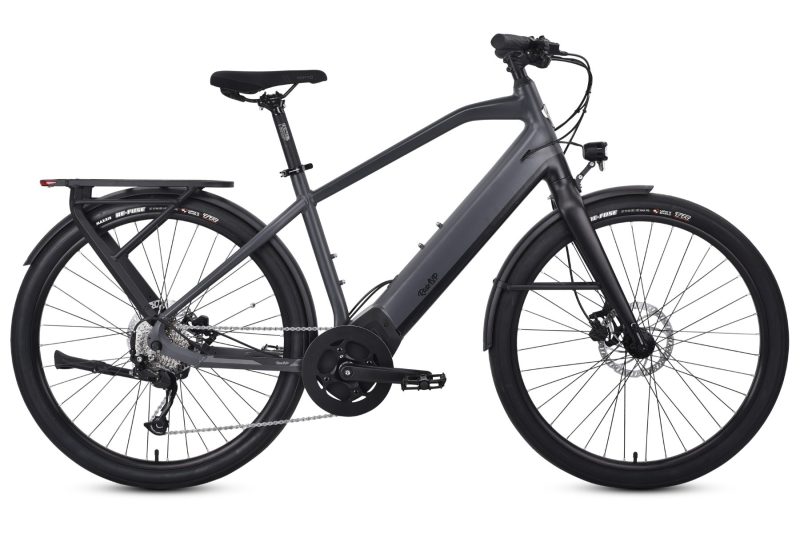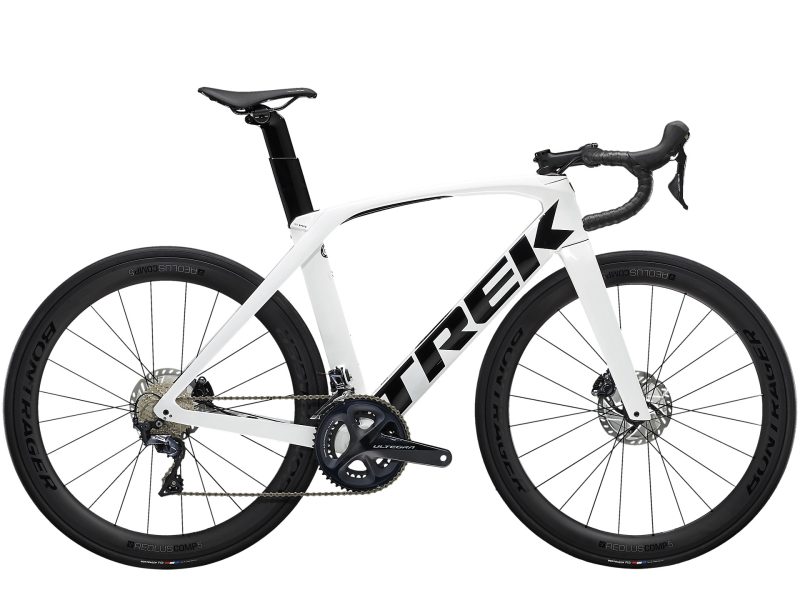Dropper seat-posts for mountain bikes have been around for several years. We are seeing them become lighter, more responsive, and a lot more manufacturers are designing bikes that allow for their integration. Their main purpose is to lower your saddle and get it clear of your body, when hitting steep descents – and do it quickly. But then just as quickly, return the saddle to its original height when you are done. Working similarly to an office chair.
Commonly dropper seat-posts can be spotted being used by Enduro or trail riders. Since these disciplines generally involve steeper descents and higher demand on the riders to adjust their body positions quickly – without being limited by their saddle. For example, they may encounter a super steep trail section, that requires them to shift their weight backwards. And very often your saddle can get in the way. This is where the dropper post comes in; by simply flicking a switch, they can lower their saddle, take the drop, and return the saddle back to its original height. A helpful tool, for slaying even the steepest of descents.
Even more weight conscious XCO racers, like Brazilian Henrique Avancini and local Junior hero Luke Moir, are admitting to using dropper posts to go faster on downhills for most races. However, others say it is entirely course dependent. XCO riders are weighing up the compromise between bike weight and performance and deeming it an advantage. With the average high-end dropper post only weighing in at just over 500-grams nowadays.
If you’re an XCO rider deciding whether or not to use a dropper post – always look at the course. If it contains very steep technical sections, then the best would be to use it – you’ll be more confident on the downhills for sure. For longer stage races though, many pros prefer to stick with a standard bike seat post. Since dropper posts can have mechanical failure, and you wouldn’t want your saddle to be stuck in an awkward position.
On the flip side, for trail and Enduro riders, a dropper post can be viewed as a must have. Especially for the everyday trail rider. Compromising on the enjoyment of descends (and your ride), should not be a question. A dropper will improve the way you approach descends when riding for fun. It will give you more confidence, and since weight is not too much of a factor, you’ve really got nothing to lose.
Short vs Long Travel
Just like mountain bike suspension, you get a wide variation of dropper post travel to choose from. Some brands go as high as offering 210mm of dropper post travel, and as low as 60mm. Deciding on travel length, comes down to your preference. If you want the saddle to disappear completely, then going for a longer travel dropper post would be best. But if you still want to feel it a little, then the shorter travel is better suited for you.
What we tend to see, is that XCO riders opt for the shorter travel dropper posts, since they are lighter, and quicker in response. However, for adventurous trail riders, a good choice is anywhere between 100mm and 180mm.
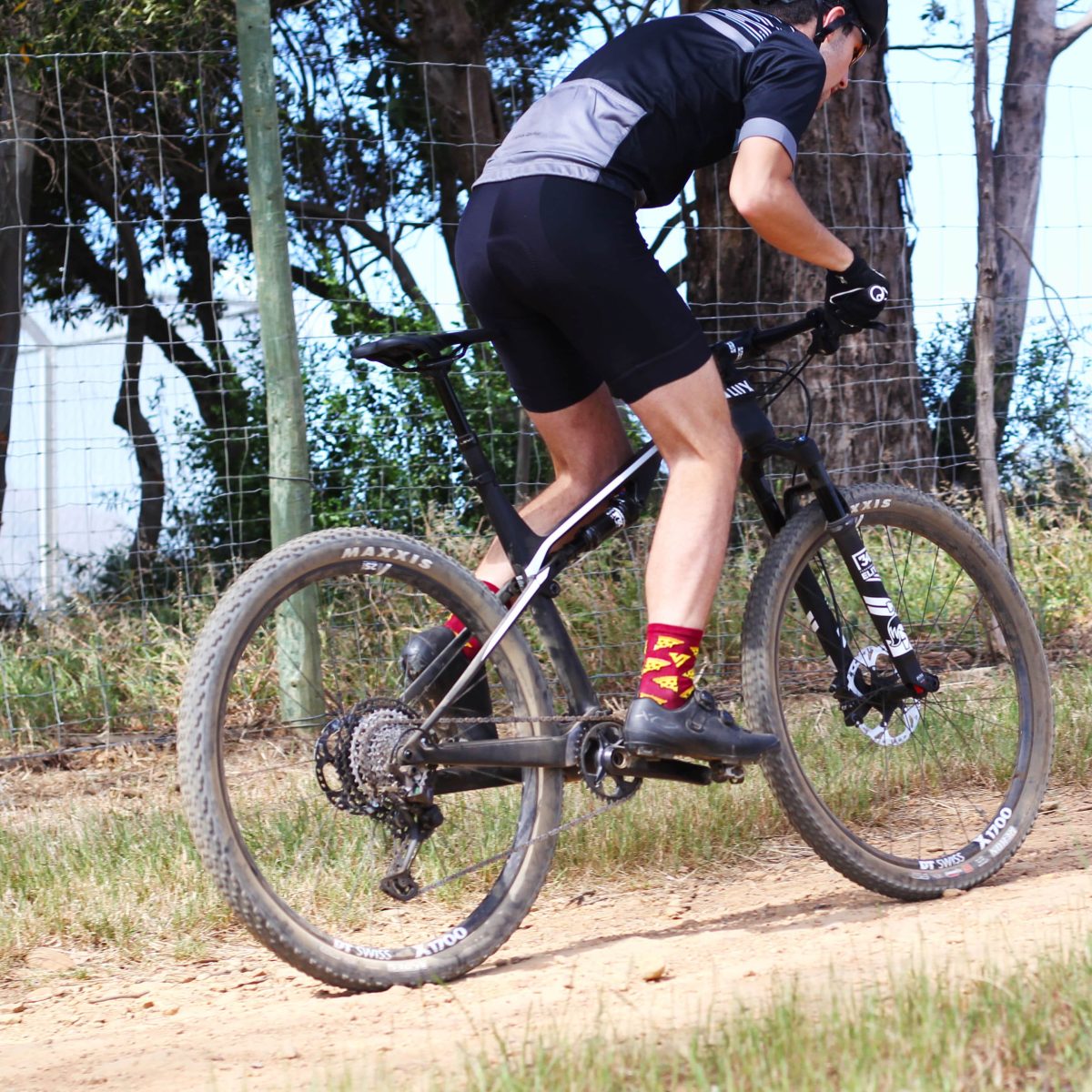
What should you consider when buying a dropper post?
If you did not already buy a bike with a dropper post included, and you are now considering purchasing an off the shelf dropper post, there are a few factors to look at. Your bike’s frame design. Your seat-post dimeter. And your stack height.
Frame design:
Most modern mountain bike frames will have provision for internal cable routing to run a dropper post and attach the cable at the bottom of the dropper post. Especially dual suspension bikes. Otherwise it is possible to run the dropper post cable (if its not wireless that is) on the outside of the frame. However, you would need to look for a dropper post that allows the cable to attach to the top of it, just below the saddle.
The second thing to look at on your frame is the insertion depth. How far the dropper post can go into your seat-tube without hitting an obstruction. Once again, most modern bike designers would have thought about this. How you measure it, is simply by taking a measuring tape (or a small rod), and run it down into seat-post tube until it hits something or cannot go any further. This is the limit for how far the dropper post and any seat-post in fact, can slide down into the frame.
Seat-post diameter:
Another very important factor to consider, is your seat-tube diameter. The standard for modern bikes is either 30.9mm or 31.6mm. However, some hardtails and older bikes may have the smaller 27.2mm seat-tube. So be sure to check the diameter of the dropper post to ensure it does indeed fit your seat-tube.
Stack height:
Your stack height is the measurement between your saddle rails and the edge of the seat-tube. Simply use a measuring tape to get the exact number. Then subtract around 40mm or 50mm from that number (to account for the dropper post collar). Do this to see how far the dropper post should peak out of the frame, to achieve your desired saddle height. But be careful not to hit the minimum post insertion limit, which is normally defined on the dropper post outer shell itself.
Value
Dropper seat-posts are primarily offered in cable or hydraulic actuation versions. However, the RockShox Reverb AXS is offered as wireless – expect to pay anywhere over 15k for that. Cable versions are a lot easier to maintain and at less risk of fatally disabling your dropper post in a crash.
With most dropper posts, the higher the price, the better the performance. Some good value buys that I have come across are the KS LEV Si, RockShox Reverb, Specialized Command IRCC and LYNNE Contour. What makes a good quality dropper post is its reaction speed, and weight. However the cheaper the dropper post, the more likely it is to require some TLC on a regular basis.
Three recommended dropper posts:
| Model: | RockShox Reverb AXS | KS LEV Si | LYNNE Contour |
| Weight | 676-grams (incl lever, excl battery) | 589-grams (incl cable and lever) | 518g (excluding cable and lever) |
| Price | R 17 000 | R5 000 | R3 000 |

